How Much Gold Should You Hold in Your Portfolio?

By

Gold Glitters Again - But How Much Is Enough?
Gold is back in the spotlight. In the past year alone, gold prices have surged, touching new highs in rupee terms and outperforming broad equity indices. Global uncertainties - from policy shifts to central-bank buying - have driven investors toward safety.
But the surge sparks a common dilemma:
Should you increase your gold exposure - and if yes, by how much?
Let’s break down how much gold really deserves a place in your portfolio, what role it plays, and when it makes sense to rebalance.
Gold isn’t just a shiny metal; it’s an insurance asset. When markets tumble or inflation bites, gold often shines brighter.
But remember: Gold doesn’t generate income and can stay flat for long stretches. Overexposure can dilute long-term growth.
Globally, many asset-allocation frameworks advocate ~10–15% gold for hedging and diversification.
In India, where gold is both cultural and financial, wealth advisors typically suggest 5–15% depending on your risk appetite, investment horizon, and the market cycle.
| Investor Profile | Suggested Gold Allocation | Primary Objective |
|---|---|---|
| Conservative | 5% | Capital stability |
| Moderate | 5–10% | Balanced diversification |
| Aggressive | 10–15% | Inflation hedge & volatility buffer |
Practical takeaway: Portfolios with a modest gold sleeve often show better risk-adjusted behavior (smoother rides) without sacrificing much return.
This year has been pivotal for gold: strong price momentum, renewed safe-haven demand, and steady domestic investor interest. The environment - marked by inflation uncertainty and episodic equity volatility - justifies maintaining a healthy, but not excessive gold allocation.
Sweet spot: around 10%, with tactical tilts up to 15% in uncertain phases.
| Portfolio Type | Equity | Debt | Gold | 5-Year Behaviour (Illustrative) |
|---|---|---|---|---|
| A | 70% | 30% | 0% | Higher swings; deeper drawdowns |
| B | 60% | 30% | 10% | Noticeably lower drawdowns; steadier ride |
| C | 55% | 30% | 15% | Further volatility dampening; small return trade-off |
Even a 10–15% sleeve can reduce drawdowns meaningfully while keeping long-term outcomes competitive. That’s diversification at work - less anxiety, more consistency.
Gold often outperforms in short bursts - usually when markets panic. Maintain a strategic base allocation (say 10%) and rebalance periodically.
Use these directional guides, then personalize to goals and risk:
| Life Stage | Context | Directional Gold Range |
|---|---|---|
| Early Career | Smaller corpus; high earning runway; heavy equity tilt for growth | 5–8% |
| Mid-Career / Family | Multiple goals; rising liabilities; need stability | 8–12% |
| Pre-Retirement | Sequence-of-returns risk matters; capital preservation | 10–15% |
| Retirement | Income reliability + downside control important | 10–15% (paired with systematic rebalancing) |
Tip: As goal timelines shorten, a slightly higher gold sleeve can help reduce sharp drawdowns close to withdrawals.
Gold isn’t about getting rich - it’s about staying on track when markets turn unpredictable.
At Finnovate, we build goal-first, risk-balanced portfolios where gold, equity, and debt work together. If you’re wondering how much gold fits your goals:
Book a Portfolio Review Call with our Investment Team → Schedule Now
Why Silver Could Be the Next Investment Story in India?
Disclaimer: This article is for educational awareness and does not constitute investment advice. Please consult a SEBI-registered financial advisor for decisions based on your personal situation.
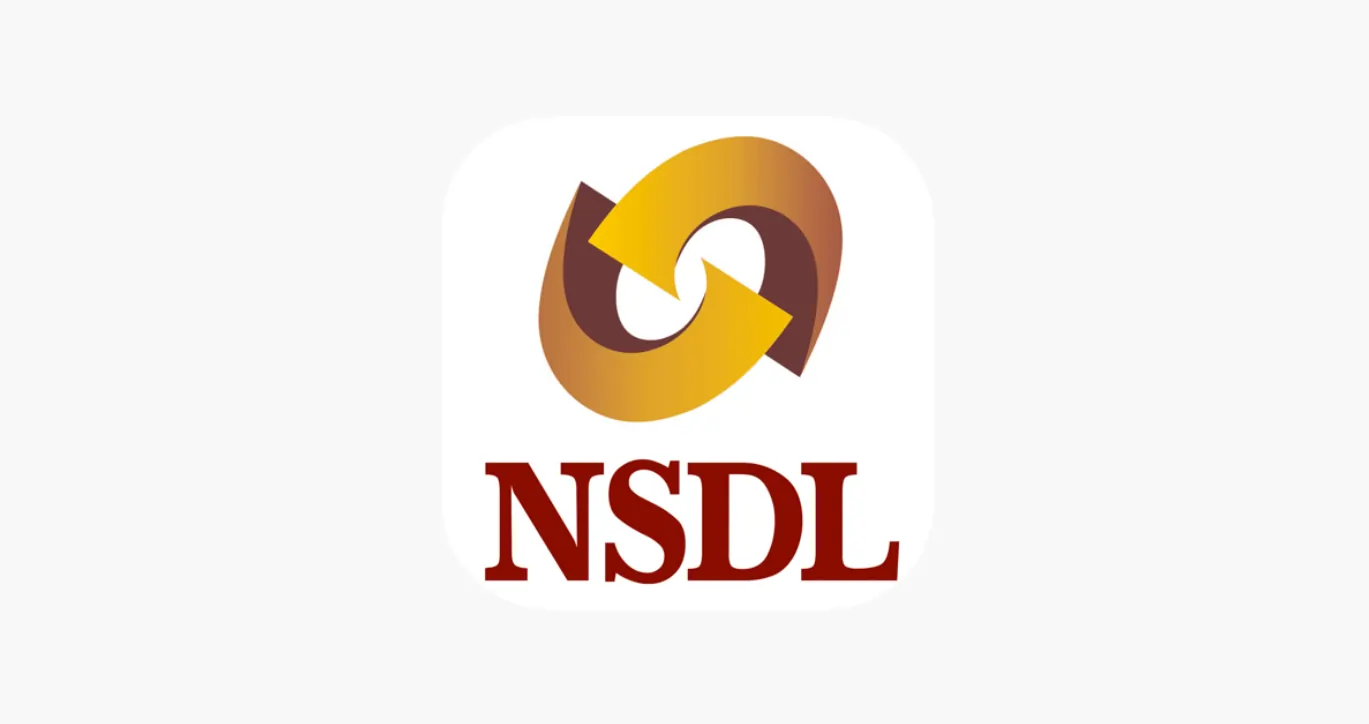
Learn how to easily download your NSDL CAS Statement in PDF format with our step-by-step guide. Follow our instructions to log in to NSDL e-Services, download your account statement, and subscribe for
Read Full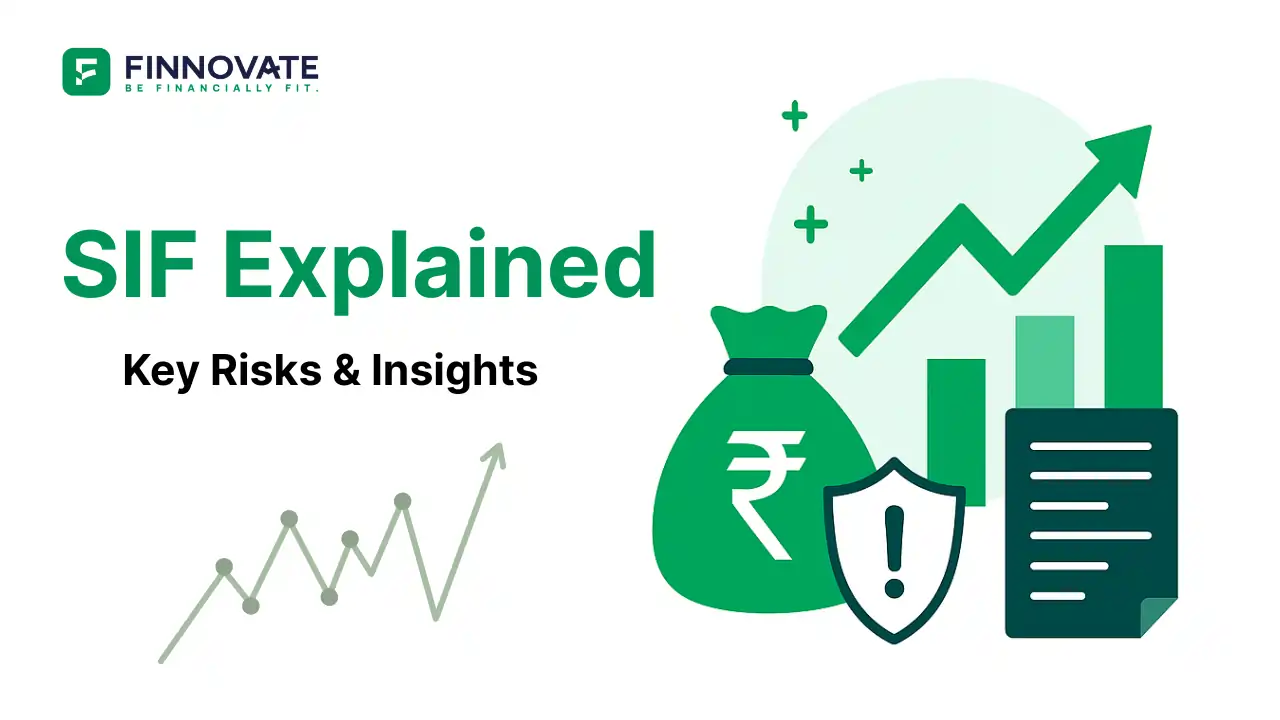
Explore what Specialised Investment Funds (SIFs) are, their benefits, taxation, minimum investment, how to invest, how they compare with mutual funds and PMS and latest developments in SIF space
Read Full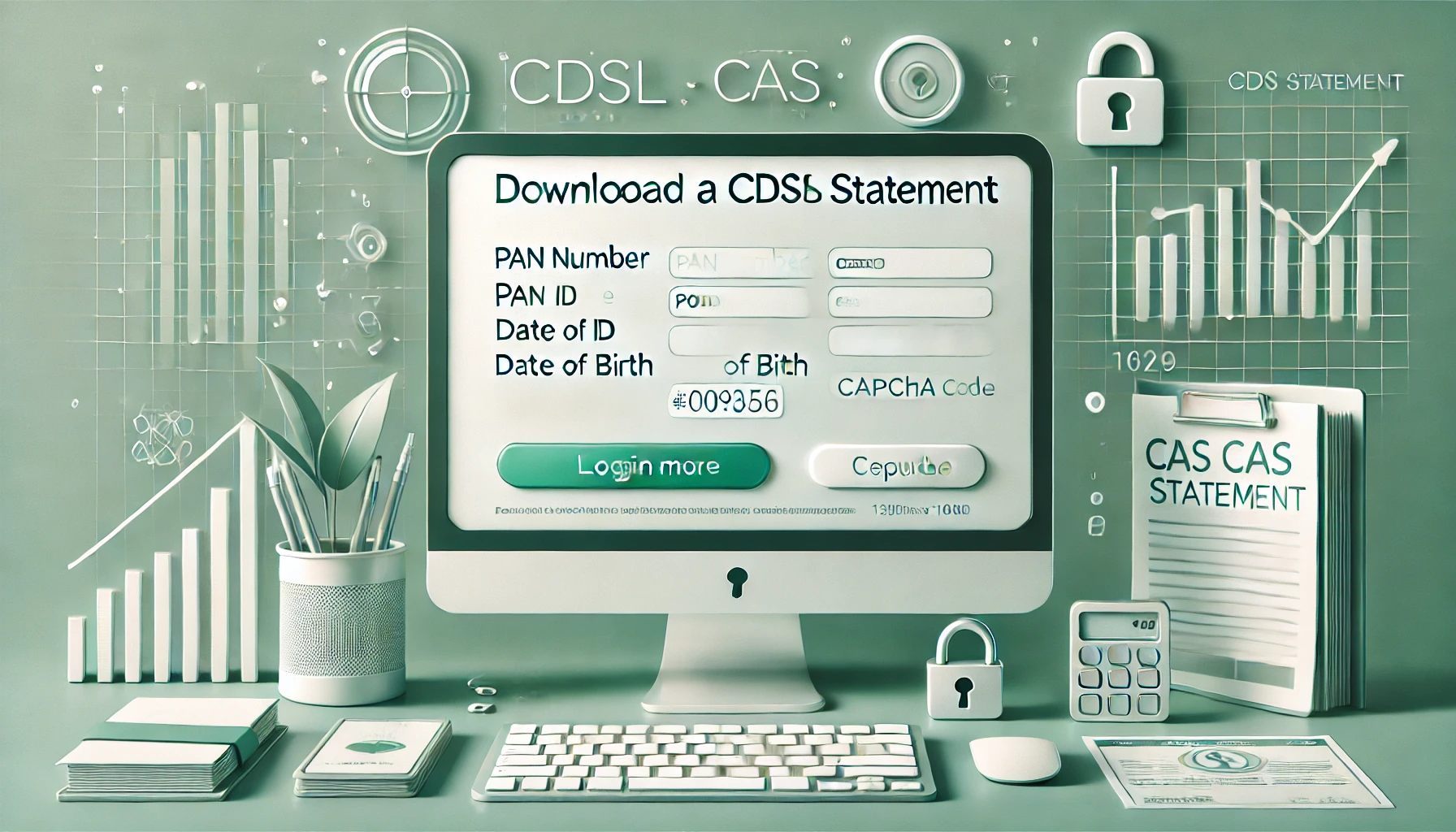
Learn How to Download Your CDSL CAS Statement with our step-by-step guide. Easy instructions for accessing your investment details online.
Read Full
Analyzing the potential economic impact of the 2025 India-Pakistan conflict on India's GDP growth, manufacturing sector, and foreign investment.
Read Full
Looking for the best financial freedom books? Here’s a handpicked 2025 reading list with summaries, why to read, and who it's best for.
Read Full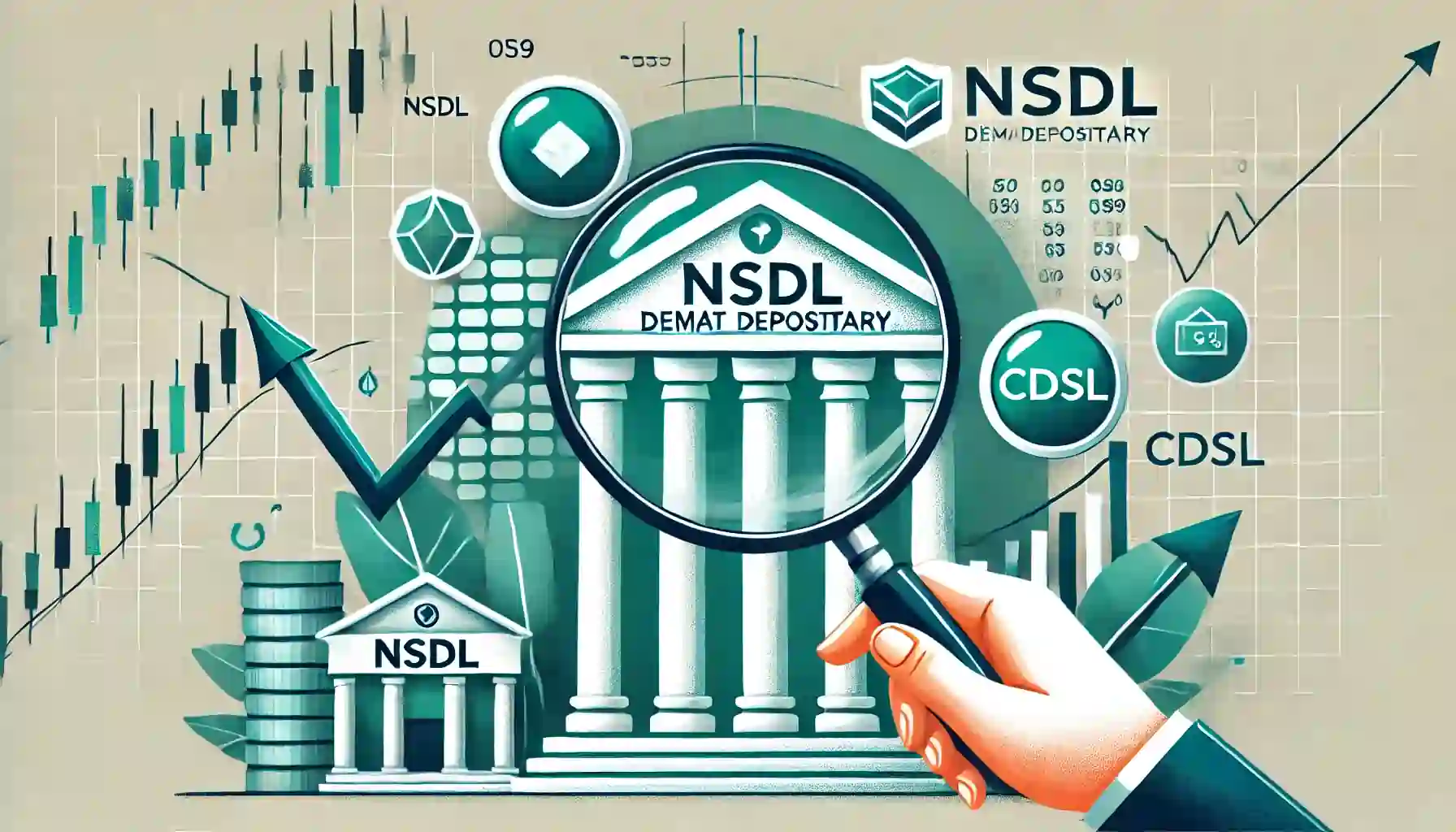
Determine if your Demat Depositary (DP) is NSDL or CDSL easily. Follow our guide to check using broking platforms or Demat account number formats
Read Full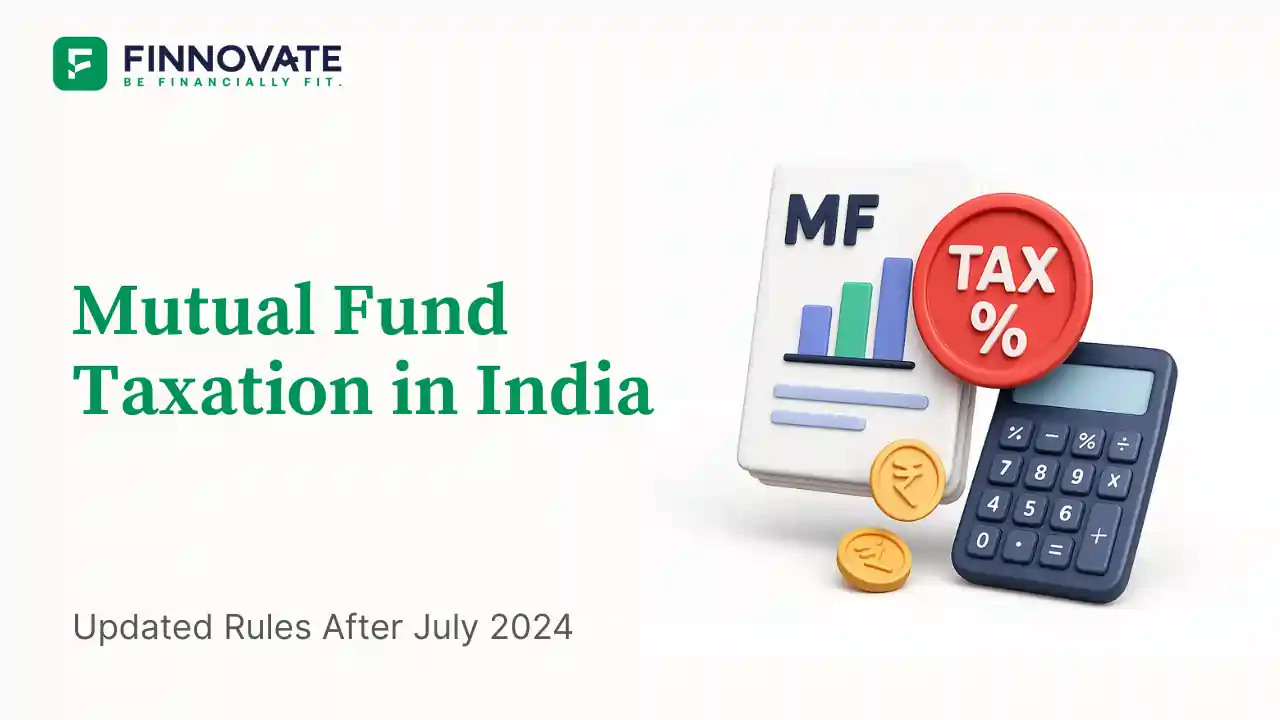
Clear guide to mutual fund taxation in India for FY 2025–26 after July 2024 changes: equity STCG 20%, LTCG 12.5% with ₹1.25L exemption, debt/hybrid rules, dividends, examples, tables, and FAQs.
Read Full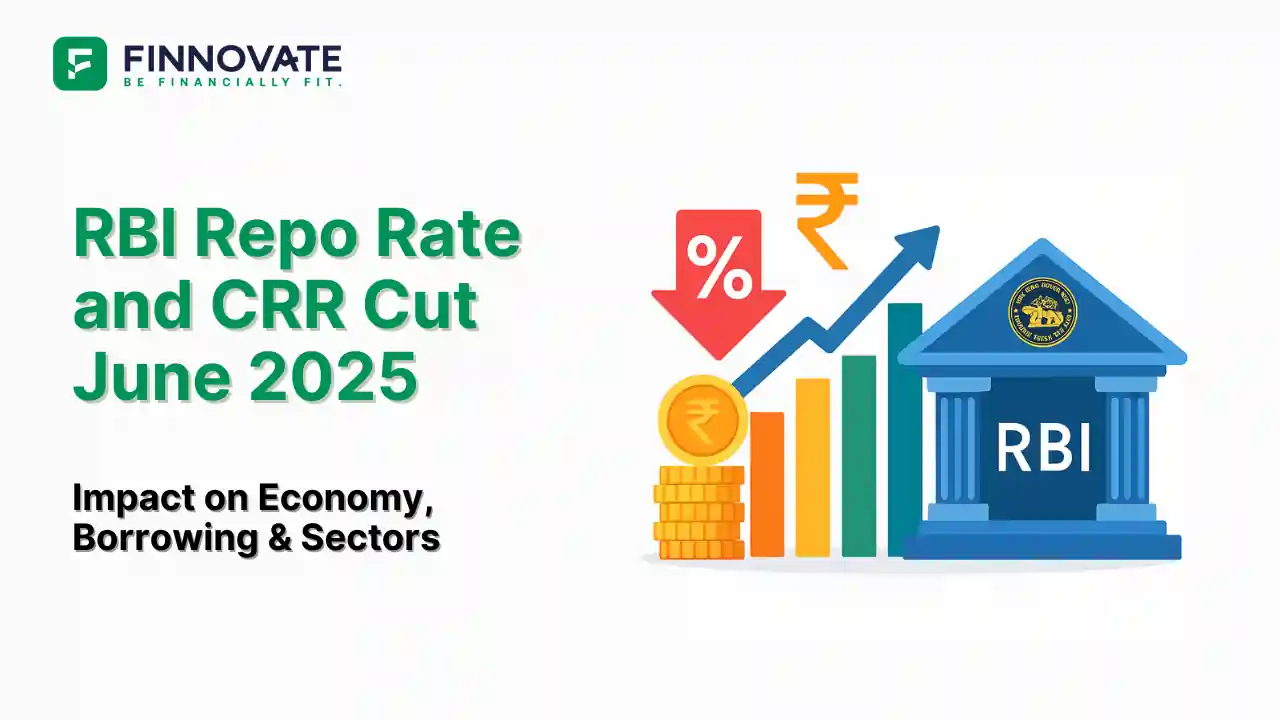
RBI cuts repo rate by 50 bps and CRR by 100 bps in June 2025 to boost growth. Learn how it impacts inflation, borrowing, sectors, and market trends.
Read Full